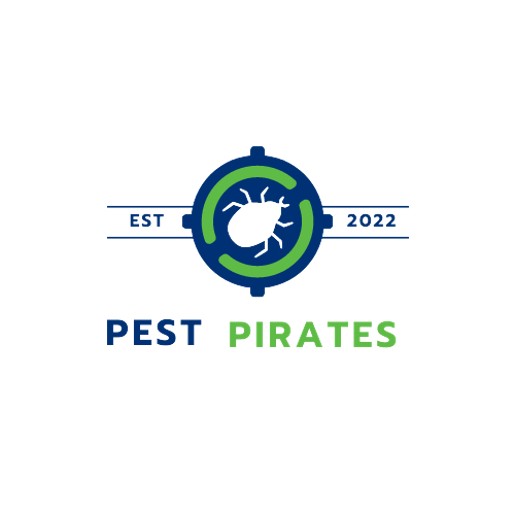
Preventing Termite Infestations
Termite infestations can cause significant damage to your home, but there are steps you can take to fortify your residence against these destructive pests. By implementing regular inspections and effective prevention strategies, you can safeguard your home for the long term.
Regular Inspections and Maintenance
To keep termites at bay, it’s crucial to conduct regular inspections and maintenance. Depending on the risk level of your area, inspection frequency will vary. Homes in high-risk areas need an annual check-up, while those in moderate-risk and low-risk areas should be inspected every 2-3 years and every five years, respectively (Reliant Pest). These inspections can help you catch early signs of termite activity, such as swarms, discarded wings, or damaged wood, and take action before the problem escalates.
| Risk Level | Recommended Inspection Frequency |
|---|---|
| High Risk | Every year |
| Moderate Risk | Every 2-3 years |
| Low Risk | Every five years |
In Florida, for instance, regardless of a building’s age, a yearly inspection by a professional termite technician is advised to prevent the onset and growth of infestations (Florida Pest Control). Even new constructions are vulnerable, emphasizing the importance of annual check-ups. Look for signs of termite infestation and stay vigilant about the health of your home.
Effective Prevention Strategies
Proactive prevention is the best strategy to termite-proof your home. Start by addressing moisture-related issues, as termites are attracted to damp environments. Ensure that gutters, downspouts, and splash blocks are functioning properly to divert water away from your foundation. Repair any leaks promptly, and grade the ground next to your foundation so that water drains away from your home (University of Kentucky).
In crawl spaces, reduce moisture and humidity to create an environment less hospitable to termites. Compliance with building codes often requires ventilation based on the square footage of the crawlspace. Consider installing vapor barriers and maintaining clear vents. If needed, pest control companies can assist with these installations to decrease moisture levels effectively.
Here are some additional strategies to deter termites:
- Keep your home dry and well-ventilated.
- Regularly probe exposed wood for soft spots.
- Seal off crevices and openings with caulk or spackle.
- Store firewood and lumber away from your home’s structure.
By combining professional inspections with diligent home maintenance and moisture control, you can create a robust defense against termites. If you’re in need of expert assistance, don’t hesitate to reach out to a reliable termite control company for advice and service. Remember, the key to maintaining a termite-free home is constant vigilance and proactive measures.
Treatment Options for Termites
When you notice the signs of termite infestation in your home, such as swarms of termites, discarded wings, or mud tubes, it’s crucial to act swiftly. Your home is a significant investment, and termites can be incredibly destructive. Fortunately, there are various treatment methods available to help you termite-proof your home and ensure long-term protection.
Common Treatment Methods
The battle against termites is ongoing, and various methods have been developed to eradicate them. The most common treatments involve:
- Soil Treatments: Applying termiticides to the soil around and beneath your home to create a chemical barrier that termites cannot cross.
- Wood Treatments: Treating the wood within your home with termiticides or repellents to make it less attractive to termites.
- Fumigation: Tenting your home and releasing a gas that penetrates all areas, effectively killing termites within.
- Baiting Systems: Installing termite bait stations around your home to attract and poison termites, which then spread the poison to their colonies.
According to Reliant Pest, these methods can be highly effective when implemented correctly. It’s often best to consult with a reliable termite control company to determine the most appropriate treatment for your situation.
Alternative Termite Control Approaches
In recent years, there has been growing interest in less invasive and more environmentally friendly termite treatment options. Here are a few alternative approaches:
- Sentricon Termite Bait System: This system uses bait stations to eliminate termite colonies by disrupting their molting process. It’s known for being less chemical-intensive than traditional methods (Pretty Handy Girl).
- Physical Barriers: Installing physical termite barriers during construction can prevent termites from entering the home. These barriers are made from materials like metal or crushed rock that termites can’t penetrate.
- Biological Controls: The use of beneficial nematodes or fungi that prey on or infect termites can reduce termite populations without chemicals.
- Botanical Treatments: Natural oils, such as neem oil or orange oil, can deter or kill termites when applied to affected areas.
It’s crucial to note that while these methods can be effective, especially when combined with traditional treatments, they may not provide the same level of protection as chemical methods. Always weigh the pros and cons of each approach and consider factors such as the extent of termite damage, types of termites present, and the construction of your home.
Remember, termite control is not a one-time job; it requires ongoing vigilance. Regular termite inspections and maintenance, combined with effective treatment strategies, are the best ways to maintain a termite-free home. Whether you opt for traditional methods or explore alternative approaches, the key is to take action early and protect your home from these silent destroyers.




